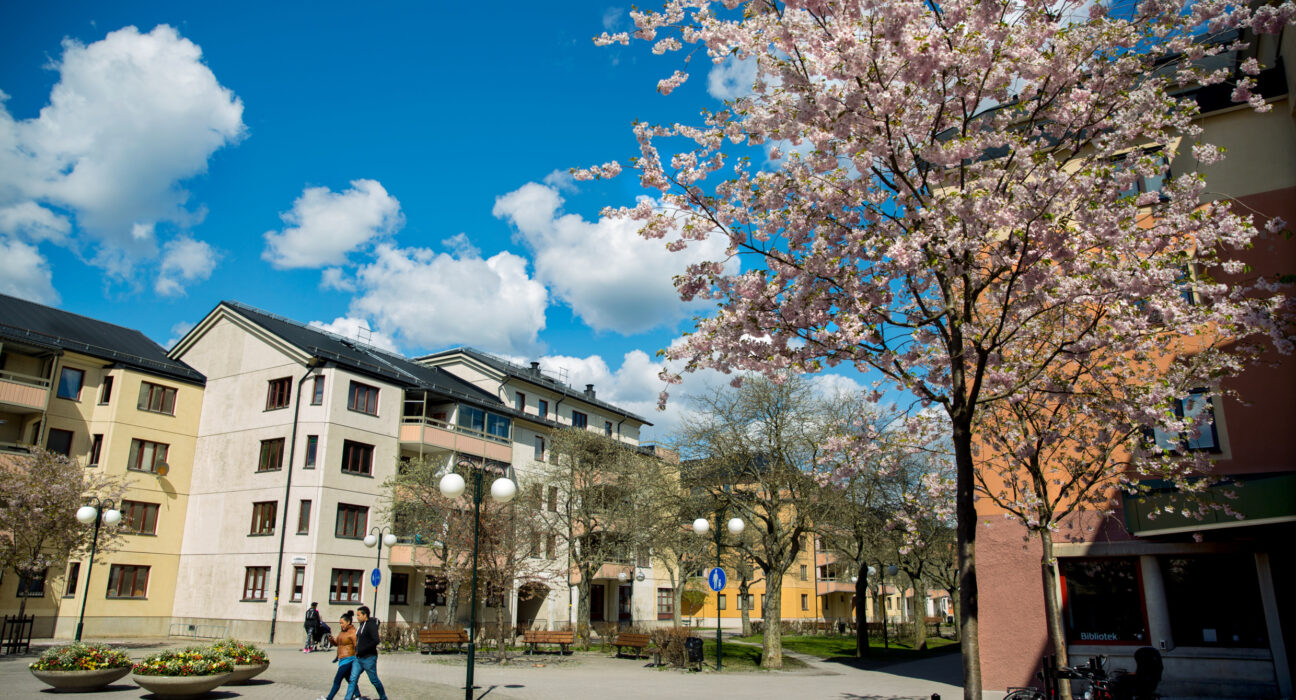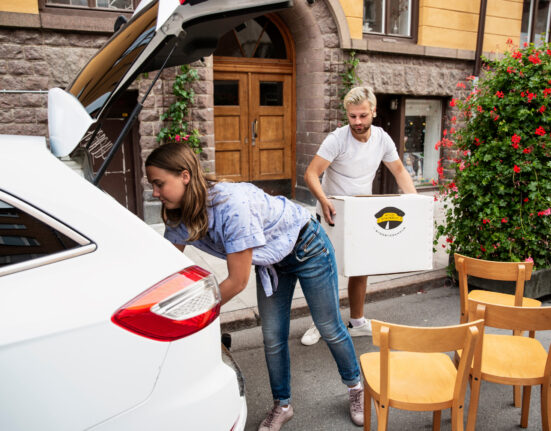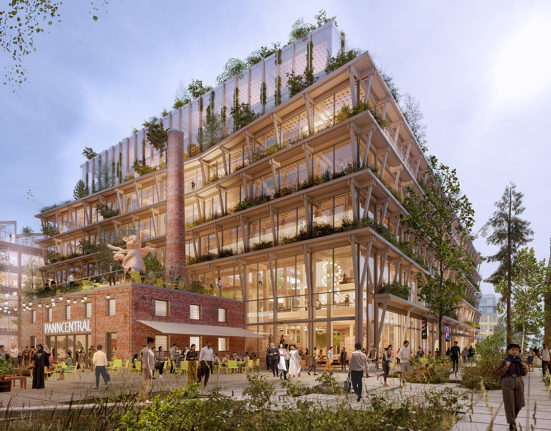Rents for dwellings in Sweden increased by 5.2% to an average of SEK 7,223 per month during 2023. In Greater Stockholm, Global Property Guide highlights that rents for dwellings were up by 4.5% y-o-y to SEK 8,131 per month during 2023, following an increase of 2.9% in 2022 and 2.5% in 2021. In addition to rising costs, additional concerns such as a lack of units further contributes to a challenging market. For international arrivals, however, alternative options like co-living can make for an easier transition to Stockholm in more ways than one.
Understanding Sweden’s housing crisis
For those who are looking forward to finding housing in Stockholm, it’s imperative to first understand the state of housing in the country. One 2022 Bloomberg article describes the housing strife of the average young Swede, noting that for thousands, the struggle for housing involves “either scrambling for an expensive sublet or commuting into the city from more-affordable suburbs.” According to the Bloomberg article, anyone in Sweden is entitled to permanent tenancy of a rent-controlled apartment thanks to a postwar system put in place — however, the average wait time for rent-controlled apartments is a tedious 9.2 years, further underlining the frustrations of many.
Bloomberg further explores the housing issues present, noting that there are “not nearly enough units to meet the high demand,” a dilemma that has led many to go through a subletting market where further issues may arise. With concerns surrounding the economy and inflation, the situation was expected to worsen in 2023. In Stockholm, Bloomberg highlights what is considered to be “a somewhat unknown resource,” or apartments reserved by the city government specifically for young adults. In 2021, it’s noted that 2,002 out of the 18,954 rent-controlled apartments rented out through the queue were of this kind; a certain number of properties were released in each age bracket.
Visit Stockholm explains that apartments in the city are regulated by a rental control system in order to keep the rent below what the market would dictate. These apartments are distributed through queues or contracts, and there are two types to be aware of. First-hand rentals involve dealing directly with the landlord (and typically require several years in the housing queue), while second-hand rentals are, in essence, a sublet, which may or may not have the consent of the landlord. “Keep in mind that if you sublet an apartment without consent from the landlord, you run the risk of being evicted at short notice.” Visit Stockholm goes on to point out that a regular studio apartment in the city (as well as the surrounding areas) costs around 8,000-13,000 SEK/month.
Exploring the advantages of co-living
Visit Stockholm highlights several options for housing within the city — co-living is just one that is noted to be particularly popular, and is described as a community living model in which residents rent a private room in a home shared with other individuals. This is noted to be a great option for international arrivals who are waiting for a more permanent housing solution. “I’d heard that housing markets are difficult but I think this one is particularly difficult. The second-hand rental market in Stockholm is very expensive, especially if you’re a single person,” explains Emma Raventos, a British-Spanish designer. Raventos wound up moving into The Lab, a “centrally-located apartment with 11 private rooms,” in addition to spacious common areas, a double kitchen, and two balconies.
“I wish I’d moved in here first and this was my starting point,” Raventos remarked, going on to point out that having housemates to interact with was just one benefit to the housing option.
Co-living solutions can be particularly beneficial to those who are concerned about becoming socially isolated in a new country, as it helps people to make connections and even friends in a convenient way that eases the transition. Common spaces, for example, can facilitate conversations while catering to multiple needs. When designing common areas together, catering to a multifunctional space is essential in order to factor in room for entertainment, work, and conversation without disturbing one another. Successfully defining separation between different zones can be achieved in several ways — for example, the use of sofas, storage dividers, and even large area rugs can all be used to subtly divide a large room in a seamless manner. In a large room, plants can help define a wellness zone (complete with yoga mats, for instance), while a corner sofa can provide a spacious entertainment zone for residents. Desks or multipurpose tables can also help define a work-specific area, effectively carving out zones that are geared towards productivity while in the presence of other areas.
Those searching for the right housing solution in Stockholm may encounter a variety of challenges, from rising costs to a lack of units. However, options such as co-living as well as the value of online resources renew hope for those aiming to secure the right housing solution.












